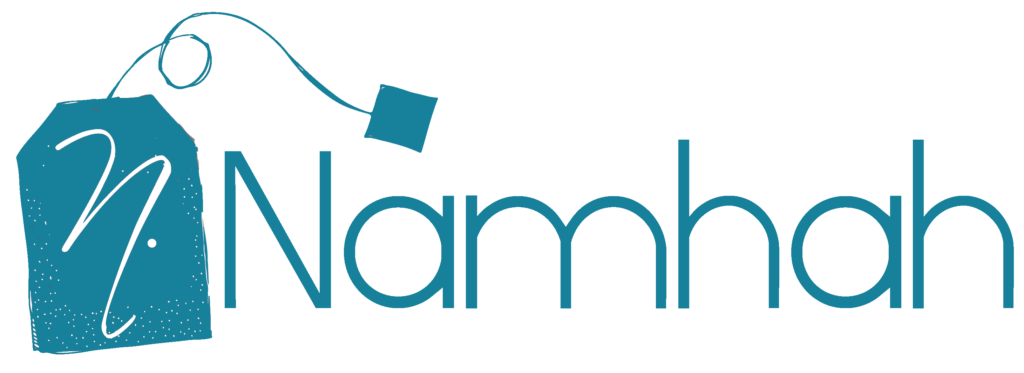General, Health Benefits
Benefits of Naturally Blended Teas’
When hot water is infused with flavors from infusing herbs, leaves, barks,fruits, herbs, roots or seeds, they become aromatic infusions, and some of the types are well known for being caffeine-free. Tea blends can range from being spicy, flowery or fruity or wellness oriented. Herbal teas are a blending without any tea in it and hence, have null caffeine, and flower and fruit infusions with tea, which would contain caffeine.
The amount of caffeine depends on the tea blended with pu-erh , oolong, white, green, black. Jasmine tea, for example, is made by mixing tender jasmine petals with the tea leaves till the aroma seeps into the latter that is the tea leaves. Known to be the second largest demanded drink in the world. Herbal teas and fruit infusions are gaining popularity amongst the well educated individuals as well as the health-conscious youths.
Flowery-fruity tea blends have been known since ages and the oldest being the Jasmine Tea from China and Earl Grey, which was invented by chance, as it is said, by Indians during a shipment of tea to England in the early 19th century.
The ancient Chinese as well as the Egyptian people used herbal infusions for healing, especially the chamomile tea because it contains theanine, catechins. There are teas which are beneficial for curing illnesses like blood pressure , cough and cold, skin regeneration etc.
Herbal tea was always well-known in India, mostly as a home remedy for everyday diseases – lemon-honey tea beneficial for relief from sore throat. The trend followed from the past seems to have a continuation in present also even though slowly, but surely.
Therefore, with every passing day , the significance of these naturally blended teas is bound to increase manifold.






